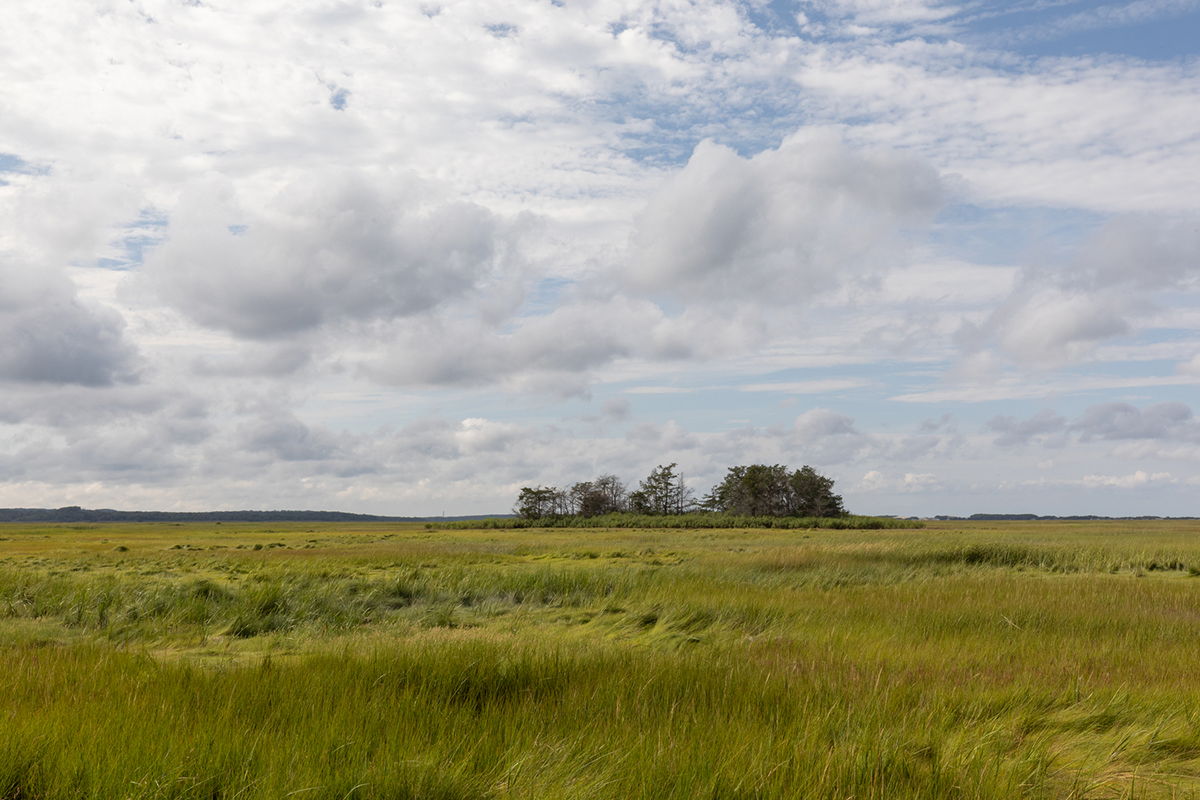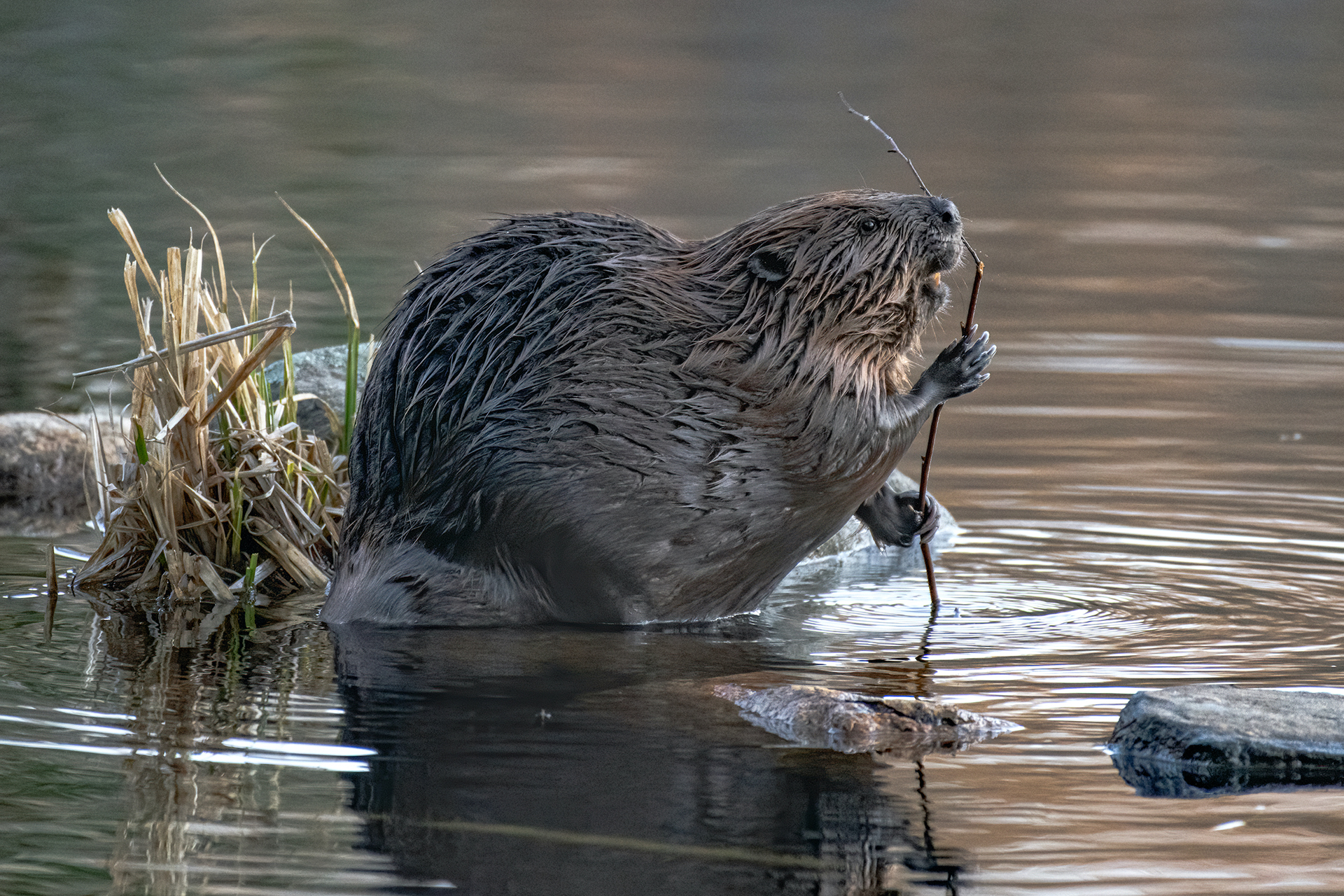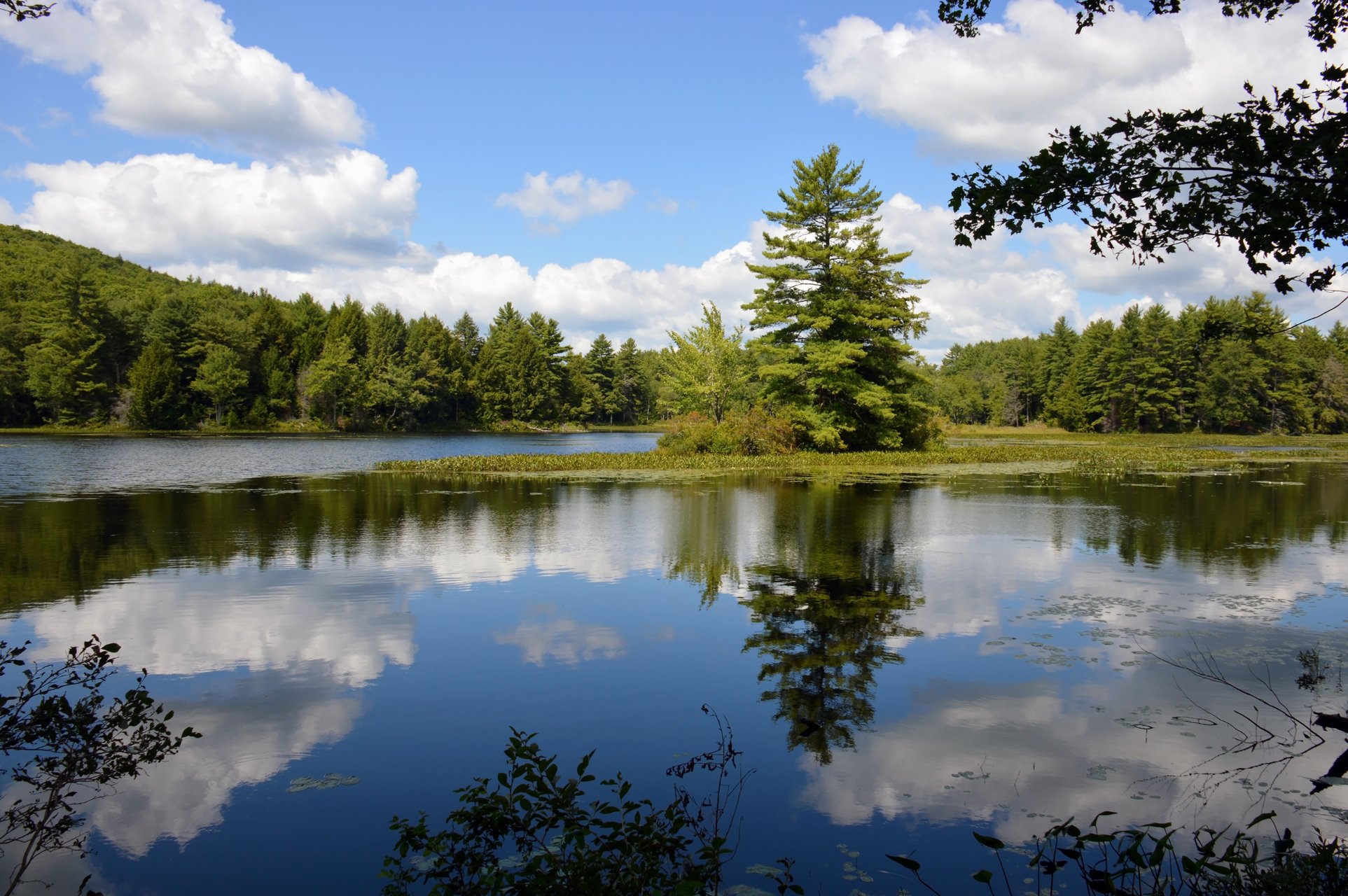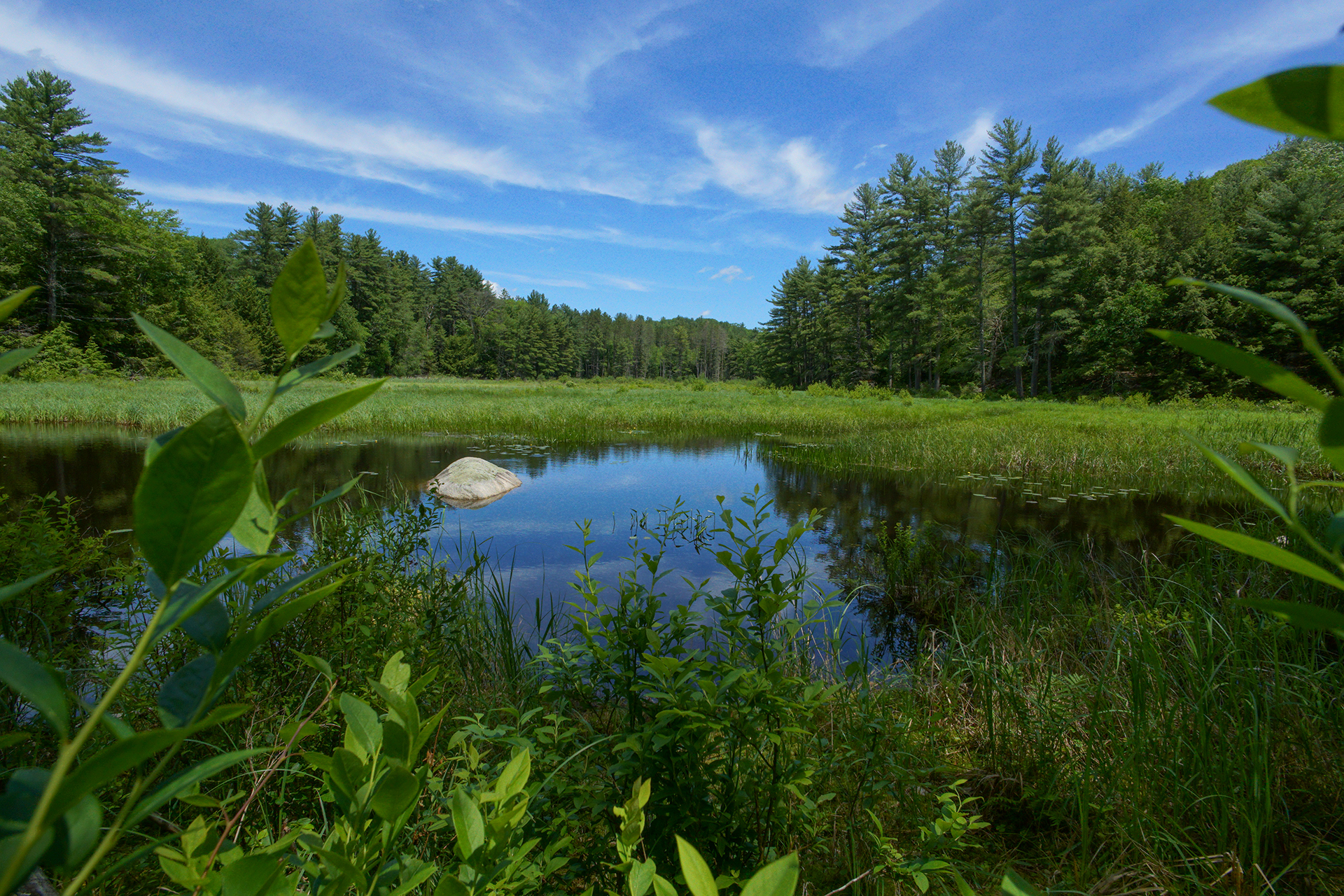Publications & Resources
Funding Nature’s Future: A Pathway to 30x30 in Massachusetts
From the Berkshires to the Cape, forests, wetlands, streams and rivers, productive farmland, and special habitats, like salt marshes, represent Massachusetts’s diverse landscape. These lands hold irreplaceable value, providing clean water, clean air, food production, climate regulation, and access to nature and recreation for the people and wildlife who call the Commonwealth home.
Protecting these natural resources is critical to ensuring that these benefits continue, and land protection is the most cost-effective method to do so.
But, as a densely developed state with growing demand for housing, clean energy, and grid infrastructure, Massachusetts is losing these landscapes and the services they provide to development at a rate of more than 10,000 acres every year. Land degradation resulting due to climate change—leading to increased forest fires, disease, and invasive species, for example—is also a significant threat to the ability of these lands to deliver the full range of human and wildlife benefits. The many benefits derived from the natural landscape need to be secured for future generations through policy and investment
Recognizing the need to leverage natural landscapes for climate change mitigation and resilience, as well as other benefits, the Commonwealth established a goal of permanently protecting at least 30% of the state’s land and waters by 2030 (“30x30”) and at least 40% by 2050 (“40x50”). The 30x30 goal will require over 100,000 additional acres of conserved land, while the 40x50 goal will require another 500,000+ acres of conservation once the 30x30 goal is met. Reaching these goals will require at least doubling the current pace of land protection. In terms of acres per year, this means going from roughly 10,000 acres per year to at least 20,000 acres of land protected annually.
Massachusetts can achieve 30x30 and beyond. Here's how:
The Commonwealth is in an excellent position to achieve these land protection goals. The state and its land conservation partners have already protected 28% of the Commonwealth and have a large pipeline of conservation projects ready to go. Further, through nation-leading policies and other efforts, such as the Commonwealth’s Resilient Lands Initiative, the Forests as Climate Solutions Initiative, and the anticipated Biodiversity Executive Order, the state has already demonstrated a strong commitment to protecting and restoring nature.
With the support of partners and funding from the Lookout Foundation, Mass Audubon produced Funding Nature’s Future: A Pathway to 30x30 in Massachusetts. The report (linked below) not only makes the case for protecting natural and working lands to provide tremendous social, economic, and environmental benefits, but also outlines how the Commonwealth can reach its 30x30 and 40x50 land conservation goals.
Key Recommendations
- Establish a dedicated source of funding for conservation. Conserving the additional acres required to reach the 30x30 land conservation goal will require at least $350 million in total annual funding from now until 2030. This represents an additional $300 million per year beyond current spending on conservation by the public sector.
- Set a clear, legally binding carbon removal goal to define natural and working lands’ contribution to the state’s net-zero climate mitigation goal for 2050.
- Grow public-private partnerships to leverage networks and resources and to accelerate the pace of land conservation.
- Engage with and integrate Indigenous peoples and local communities into 30x30 land conservation planning and implementation activities. The Commonwealth’s commitment to inclusive conservation needs to be at the forefront of 30x30 conservation activities.

Executive Summary

Full Report




